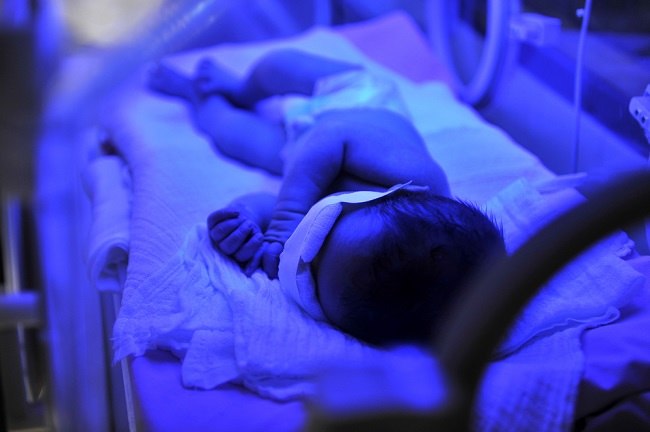Recognize Normal Bilirubin Levels in Newborns
High levels of bilirubin are often linked to the condition of a yellow baby. Following information Normal bilirubin levels in newborns are important for parents to know.
Bilirubin is a yellow pigment in the blood and feces. Bilirubin is made by the body when red blood cells begin to break down naturally. After bilirubin surrounds the body, it will enter the liver, bile, small intestine, until it is released when defecating.
Recognize Normal Bilirubin Levels in Newborns
Ensure by Blood Examination
If bilirubin is not properly processed by the liver, for example, there is damage or liver damage, it can cause an increase in the level of bilirubin in the blood. When this happens, the skin and the white part of the baby's eyes are yellow or jaundice occurs.Jaundice or yellow in newborns occurs when the formation of bilirubin is faster than the ability of the liver to break down and remove from the body.
To ascertain the level of bilirubin, a blood test is needed. The examination is carried out the first few days after the baby is born. This is to prevent harmful effects and threaten baby's safety.
In newborns, normal bilirubin levels should be below 5 mg / dL. However, not a few newborns have bilirubin levels that exceed this level. For some cases of mild jaundice in newborns, no therapy or medical action is needed.
Mild Jaundice can disappear by itself for about 2-3 weeks. However, for moderate to severe jaundice, it needs intensive treatment by a doctor at the hospital.
Need immediate action if the bilirubin level is more than 10 mg / dL for ages less than 1 day, more than 15 mg / dL for infants aged 1-2 days, more than 18 mg / dL for ages 2-3 days, and more than 20 mg / dL for ages more than 3 days.
Handling of High Bilirubin
Yellow babies due to high bilirubin with moderate to severe levels must be treated immediately. If the level of bilirubin is very high up to 25 md / dL, medical treatment must be done immediately, if not bilirubin can cause deafness, cerebral palsy or cerebral palsy, and other brain damage. Yellow babies with high bilirubin levels should also be aware of as another sign of a medical condition such as infection or thyroid disorder.
In addition to the skin and eyes appearing yellow, babies with severe jaundice generally appear to be drowsy and have difficulty feeding. Even if the baby is not breastfeeding, the condition of jaundice will be more difficult to overcome.
The initial action that can be taken to reduce normal bilirubin levels in newborns is by light therapy (phototherapy). Babies will be placed under a special light that looks greenish blue. These rays are expected to help change the bilirubin molecule so that it can be released through urine and feces. During the process, babies are only allowed to use diapers and eye protection.
Immunoglobulin transfusion is a further step for the handling of yellow babies, especially due to differences in the baby's and mother's blood group, which makes the baby have more antibodies from his mother, causing more blood cell breakdown.
Although classified as rare, if a baby with severe jaundice does not respond to other therapies, a blood transfusion is necessary. This action is in the form of taking a small portion of blood from the baby, then replacing it with donor blood, this is done repeatedly. In this way, it is expected that the baby's blood after transfusion will be more free from high bilirubin levels and maternal antibodies.
Normal bilirubin is one sign of a healthy baby's condition. For those of you or relatives who just have a baby who suspect bilirubin is too high, consult a doctor for proper treatment.

0 Response to "Recognize Normal Bilirubin Levels in Newborns"
Post a Comment